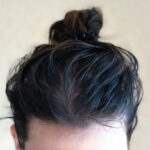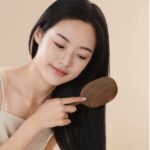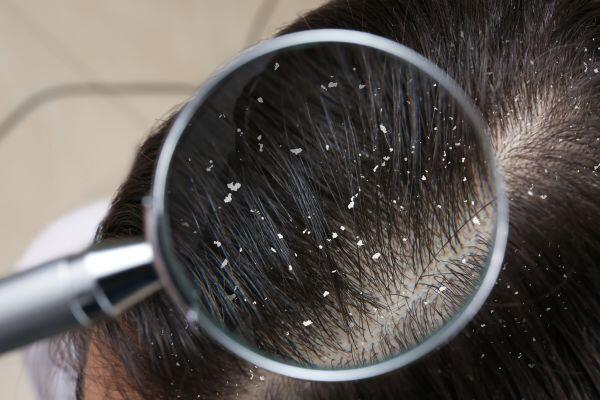
Dandruff is a common concern for both women and men, as it can significantly impact one’s confidence.
In reality, there are numerous anti-dandruff shampoos available that can effectively combat this issue by cleansing the scalp and preventing the formation of dandruff. However, not everyone’s scalp reacts positively to these products, and dandruff may persist due to underlying causes or improper usage.
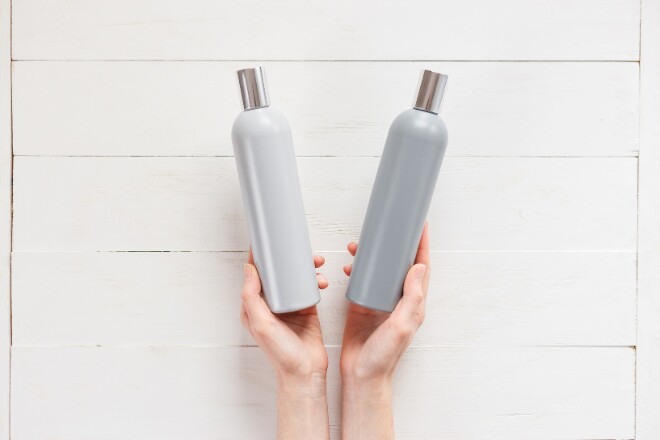
Anti-dandruff shampoos are often the first line of defense against this issue.
Why Do Women and Men Experience Dandruff?
Dandruff can be attributed to various factors, including oily skin, irritated scalp, excessive brushing or shampooing, or simply dry skin during winter. Additionally, a type of fungus called malassezia, which feeds on the oils and sebum on the scalp, can also be a culprit. This fungus produces free fatty acids, leading to an irritated, inflamed scalp and the formation of flakes. For a precise diagnosis and effective treatment, it is advisable to consult a specialist if the condition persists.
Here are four considerations to help mitigate dandruff while caring for your hair at home:
Choose the Right Anti-Dandruff Shampoo for Your Scalp
One of the primary reasons why your anti-dandruff shampoo may not be effective is because it might not be suitable for your scalp. Some anti-dandruff shampoos have strong cleansing properties that can dry out the scalp, prompting it to produce more sebum to compensate. Additionally, some shampoos only address the symptoms without tackling the root cause, such as the malassezia fungus or scalp inflammation. Pay attention to the ingredients and choose a product that won’t overload your hair with excessive moisture, as this can also contribute to dandruff.
Scalp Massage
A popular tip shared by international online communities is to incorporate a scalp massage into your hair washing routine. This not only relaxes you but also enhances the effectiveness of your anti-dandruff shampoo.
Combining hair washing with a scalp massage can improve the results of your anti-dandruff treatment.
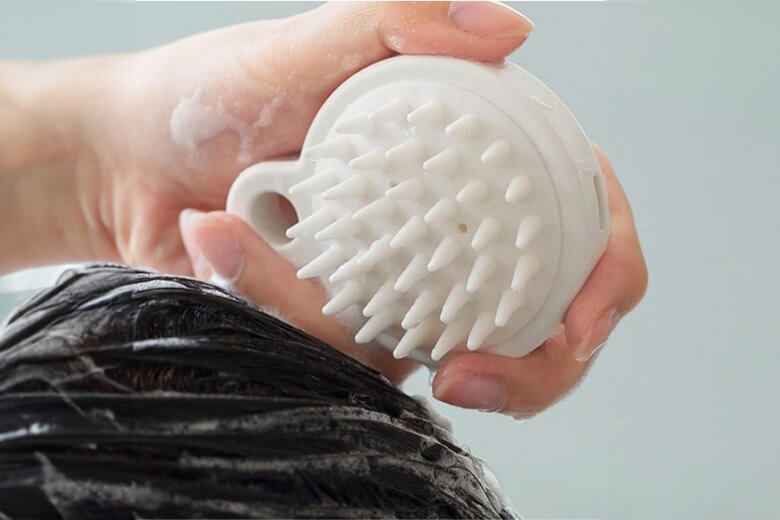
Scalp massage can make your battle against dandruff much easier.
Massaging the scalp does more than promote relaxation and blood circulation. It also helps soften dandruff flakes and facilitates the absorption of active ingredients in anti-dandruff products. You can use a scalp massage brush, as shown in the image, or simply use your fingertips to massage your scalp for about 5 minutes before rinsing with warm water.
Temperature and Humidity
Many individuals prefer washing their hair with hot water, believing it provides a deeper clean. However, this practice can inadvertently create an environment conducive to dandruff. Higher water temperatures strip the scalp of its natural moisture, prompting it to produce more oil, which can exacerbate the problem. Additionally, damp hair provides an ideal environment for the malassezia fungus to thrive. If you’ve been using anti-dandruff shampoo but still experience dandruff, consider whether you’ve been leaving your hair wet for extended periods.
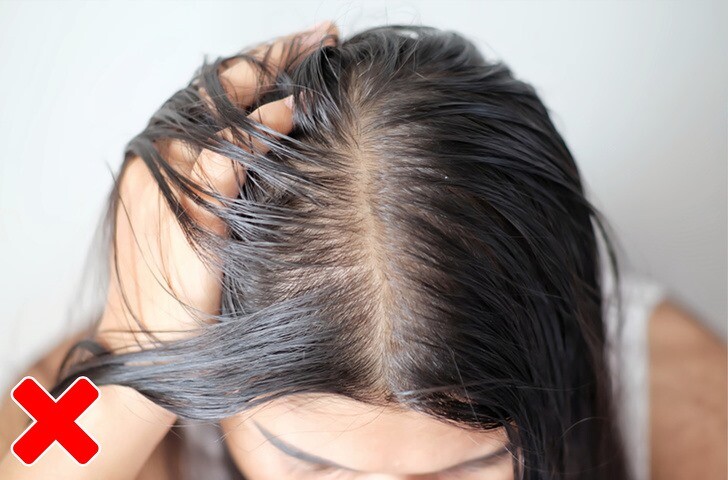
Wet hair provides an ideal environment for various scalp issues, including dandruff.
After shampooing, consider using a hairdryer on low heat to avoid dehydrating your hair and causing heat damage.
Shampooing Frequency
While it is generally recommended to avoid over-shampooing, those with dandruff should maintain a regular washing routine. TikTok influencers like Cừu Kiu have shared their “shampoo schedules,” offering daily variations to ensure hair remains clean without becoming overly dry or saturated with product.

Shampooing frequency plays a crucial role in the effectiveness of anti-dandruff treatments.
For oily scalps, shampooing 3-4 times a week can help maintain hygiene and control bacteria and fungus. On the other hand, those with dry scalps should aim for 2-3 shampoo sessions per week, complemented by light conditioners to maintain moisture levels.


























